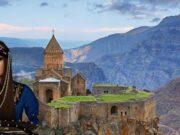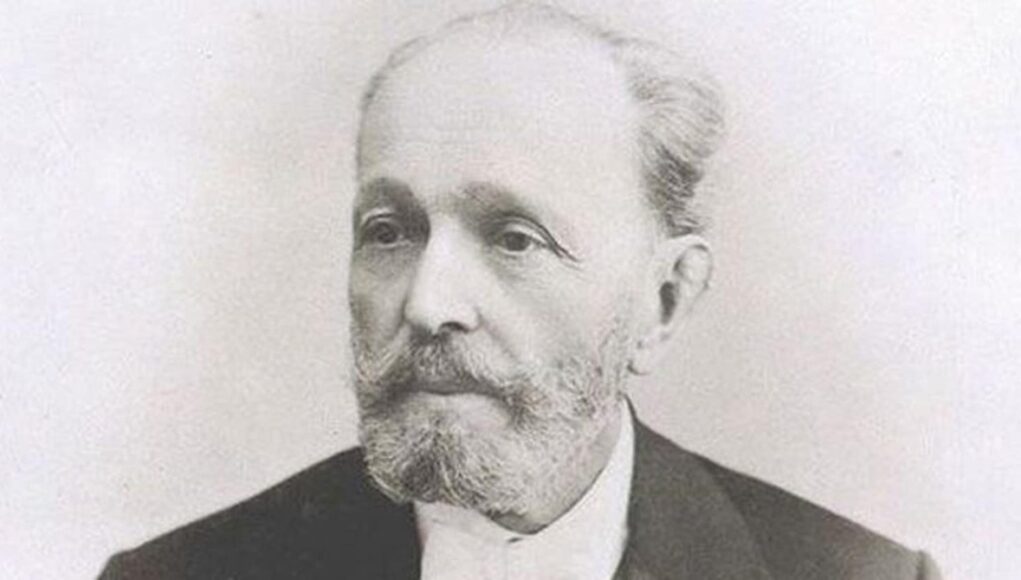5 Iconic Ballets by Marius Petipa is a name synonymous with classical ballet. Often referred to as the “father of classical ballet,” Petipa’s contributions to the art form have left an indelible mark on ballet history. Here are five iconic ballets that showcase the genius of Marius Petipa
1. Swan Lake (Revised)
While “Swan Lake” was originally choreographed by Julius Reisinger, it was Petipa’s revision, in collaboration with Lev Ivanov, that cemented its place in the ballet canon. Premiering in 1895, Petipa choreographed the majestic acts I and III, while Ivanov handled the lyrical white acts (II and IV). Petipa’s contributions include the grand pas de deux in Act III, which showcases his talent for creating intricate and expressive choreography.
2. The Sleeping Beauty
Premiering in 1890, “The Sleeping Beauty” is one of Petipa’s masterpieces. With a score by Pyotr Ilyich Tchaikovsky, this ballet epitomizes the grandeur of classical ballet. The lavish production, elaborate costumes, and complex choreography set a new standard for ballet. Highlights include the famous “Rose Adagio” and the intricate “Vision Scene.” “The Sleeping Beauty” remains a staple of ballet companies worldwide.
3. Don Quixote
First performed in 1869, “Don Quixote” is a vibrant and lively ballet based on the novel by Miguel de Cervantes. Petipa’s choreography captures the spirited and comedic essence of the story. The ballet is renowned for its virtuosic dances, such as the famous “Kitri’s Variation” and the “Grand Pas de Deux.” The energetic Spanish character dances and the lively music by Ludwig Minkus contribute to the enduring popularity of “Don Quixote.”
4. La Bayadère
“La Bayadère,” which premiered in 1877, is a tale of love, betrayal, and supernatural elements set in exotic India. The ballet is famous for the “Kingdom of the Shades” scene, a mesmerizing display of corps de ballet precision and ethereal beauty. Petipa’s choreography in this ballet showcases his ability to create both dramatic storytelling and pure classical dance. The hauntingly beautiful music by Ludwig Minkus enhances the mystical atmosphere of “La Bayadère.”
5. Paquita (Revised)
Originally choreographed by Joseph Mazilier, “Paquita” was later revised by Petipa in 1881. Petipa added several new sections, including the famous “Grand Pas Classique” and the “Mazurka des Enfants.” The ballet’s plot revolves around a young Romani girl who discovers her noble origins. Petipa’s revisions transformed “Paquita” into a showcase of classical technique and style, featuring dazzling variations and grand ensemble numbers.
Marius Petipa’s contributions to ballet are immeasurable. His innovative choreography, attention to detail, and ability to blend narrative with dance have left a lasting legacy. These five ballets—”Swan Lake,” “The Sleeping Beauty,” “Don Quixote,” “La Bayadère,” and “Paquita”—highlight Petipa’s genius and continue to captivate audiences around the world. Whether you are a seasoned ballet enthusiast or new to the art form, experiencing Petipa’s ballets is a journey into the heart of classical ballet.
































